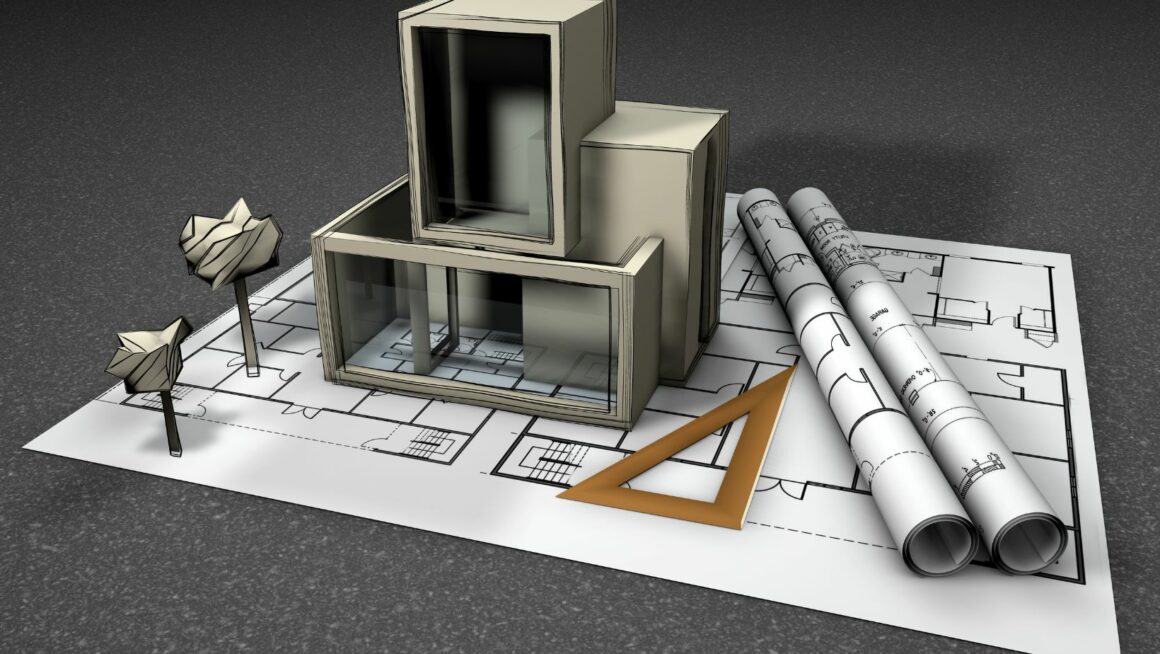The architectural industry stands as a monumental pillar of innovation and creativity, shaping the very environments in which we live, work, and play. As society evolves, so too does the landscape of architecture, constantly adapting to new technologies, sustainability demands, and aesthetic trends. This dynamic field not only reflects the cultural and functional needs of the time but also anticipates the future of built spaces.
Architectural Industry
The architectural industry represents a dynamic sector characterized by extensive collaboration among diverse professionals. Architects, engineers, urban planners, and others work together to bring conceptual designs to life, reflecting modern societal needs and technological advances. This industry not only focuses on the aesthetic and functional aspects of building design but also emphasizes sustainability and innovation in its projects.
Global Impact
 The architectural industry significantly influences the global economy. It does not just create physical spaces but also contributes billions of dollars to worldwide markets. According to a report by Statista, the global architectural services market was valued at approximately $345 billion in 2020 and is projected to reach around $391 billion by 2027. This growth underscores the sector’s vital role in economic development and job creation.
The architectural industry significantly influences the global economy. It does not just create physical spaces but also contributes billions of dollars to worldwide markets. According to a report by Statista, the global architectural services market was valued at approximately $345 billion in 2020 and is projected to reach around $391 billion by 2027. This growth underscores the sector’s vital role in economic development and job creation.
Technology plays a crucial role in the architectural industry, shaping how designs are created and refined. Cutting-edge tools like Building Information Modeling (BIM) and 3D printing are revolutionizing construction processes. BIM enables architects and engineers to collaborate more effectively, offering a 3D visualization of architectural projects, which enhances precision and efficiency in building. Similarly, 3D printing allows for rapid prototyping and is increasingly being used to produce complex building components, pushing the boundaries of architectural design.
Sustainability Practices
Sustainability remains a central focus within the architectural industry as it adapts to environmental challenges. Green building practices, such as the use of energy-efficient materials and renewable energy sources, are being increasingly integrated into architectural projects. These practices not only meet regulatory requirements but also reflect the industry’s commitment to reducing environmental impact. Prominent frameworks like Leadership in Energy and Environmental Design (LEED) certification highlight the industry’s proactive approach towards environmentally responsible and resource-efficient building projects.
Professional Collaboration
 Professional collaboration within the architectural industry enhances the ability to tackle complex projects. This collaboration extends beyond architects and engineers, involving regulatory bodies, government entities, and financial institutions. Such integrative efforts ensure that projects not only meet aesthetic and functional requirements but also comply with local and international regulations, securing necessary funding, and fitting into the broader urban landscape contextually and culturally.
Professional collaboration within the architectural industry enhances the ability to tackle complex projects. This collaboration extends beyond architects and engineers, involving regulatory bodies, government entities, and financial institutions. Such integrative efforts ensure that projects not only meet aesthetic and functional requirements but also comply with local and international regulations, securing necessary funding, and fitting into the broader urban landscape contextually and culturally.
The architectural industry continues to evolve with advancements in technology and sustainability, maintaining its significant influence on how societies function and grow. It embodies a blend of creativity, technical expertise, and strategic collaboration, essential for addressing the ever-changing needs of the modern world.
Impact of Technology on Architecture
Advancements in Design Software
 The proliferation of advanced design software, such as AutoCAD and SketchUp, enables architects to create detailed and accurate designs quickly. These tools offer extensive functionality, from drafting to 3D modeling, which helps in visualizing the end results more effectively. If architects harness the capabilities of these software solutions, design processes become more precise and time-efficient.
The proliferation of advanced design software, such as AutoCAD and SketchUp, enables architects to create detailed and accurate designs quickly. These tools offer extensive functionality, from drafting to 3D modeling, which helps in visualizing the end results more effectively. If architects harness the capabilities of these software solutions, design processes become more precise and time-efficient.
Building Information Modeling (BIM) stands as a revolutionary technology in architectural design and construction management. BIM supports the creation of digital representations of physical and functional characteristics of places. This technology facilitates better decision-making throughout the building life cycle, from early conceptualization to demolition. By implementing BIM, project stakeholders improve collaboration, resulting in reduced costs and shortened project durations.
3D Printing in Architecture
3D printing technology has emerged as a game-changer in constructing complex, customized architectural elements. This technology allows for the rapid prototyping and production of scale models and functional building components. By adopting 3D printing, architects can explore unconventional shapes and structures, which were previously difficult or impossible to build with traditional construction methods.

